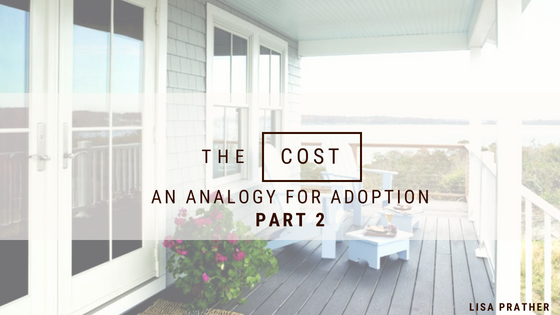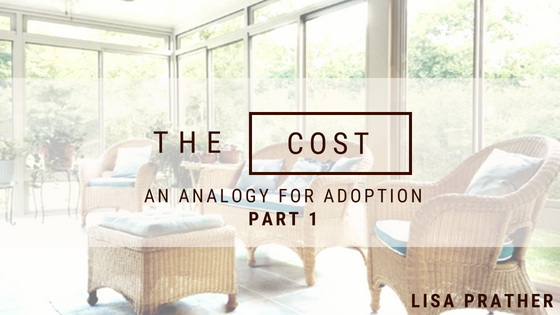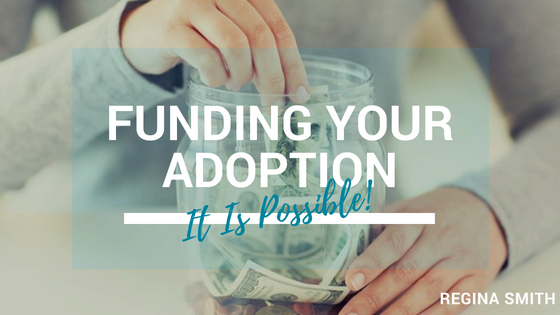Embarking on the adoption journey through Snowflakes is an exciting and hopeful time! However, the financial aspects may be daunting for some families, with average costs ranging from $13,000 to $17,000 and clinic fees alone ranging from $4,000 to $10,000. At Nightlight, we believe that finances should not be a reason why families decide […]









